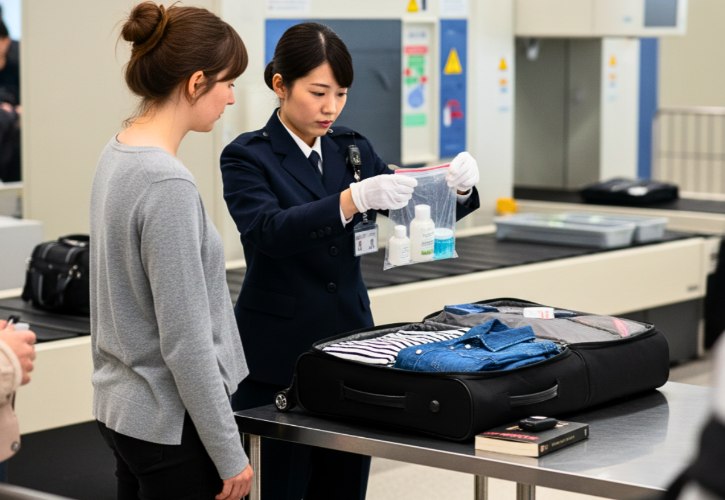
Flying in and out of Japan is easy once you understand the carry-on rules. A few regulations are unique, but most are simple and straightforward.
Knowing them will save you time, prevent problems at security, and give you peace of mind.
This guide covers 10 key rules for both entering and leaving Japan.
I hope it makes your journey smoother and worry-free. 😊
1. Batteries & Power Banks (All)
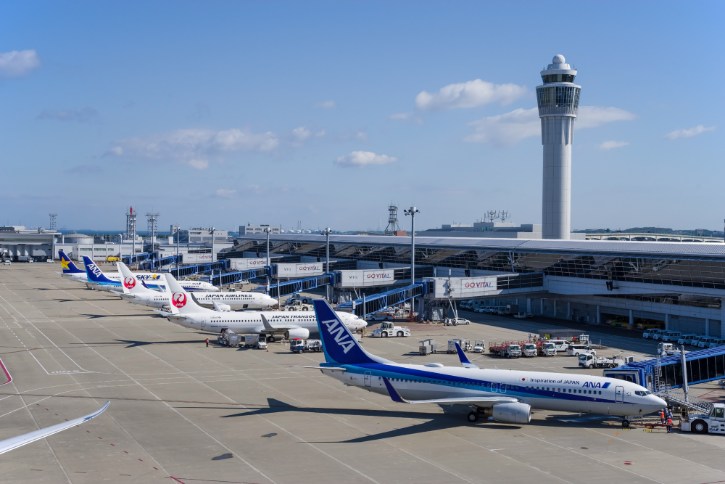
You must keep all power banks and spare batteries in your carry-on bag.
Since July 2025, Japanese airlines require power banks to stay visible during your entire flight.
Keep them in your seat pocket or personal bag rather than overhead bins.
Power banks over 160Wh are completely banned from all flights.
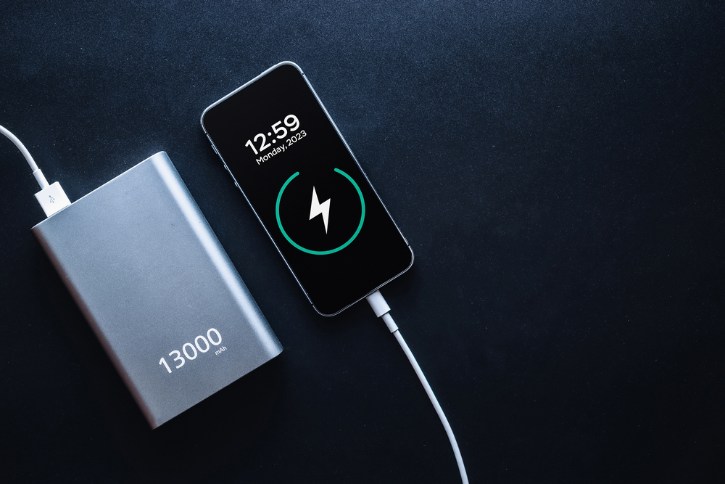
Those between 100-160Wh are limited to two per person, and the capacity must be clearly labeled on your device.
At security screening, remove power banks and place them in separate bins.
For safety, store batteries in individual cases or plastic bags to prevent short circuits.
When charging during flight, monitor your devices and disconnect immediately if they feel hot.
2. Food Items (Entering Japan)

Packaged snacks like cookies, candy, and chocolates are generally fine to bring into Japan.
Fresh fruits, vegetables, meat products, and dairy are severely restricted or completely banned.
This includes leftover in-flight meals containing meat or dairy, and fruits served during your flight.
Quarantine officers use detector dogs to actively screen for prohibited items.
Penalties for bringing illegal food can reach fines up to ¥3 million or up to 3 years in prison.
Even small amounts of fresh produce or airline fruit can get you in trouble.
To avoid complications, it’s best not to bring any food items when entering Japan.
3. Medicines & Medical Devices (Entering Japan)
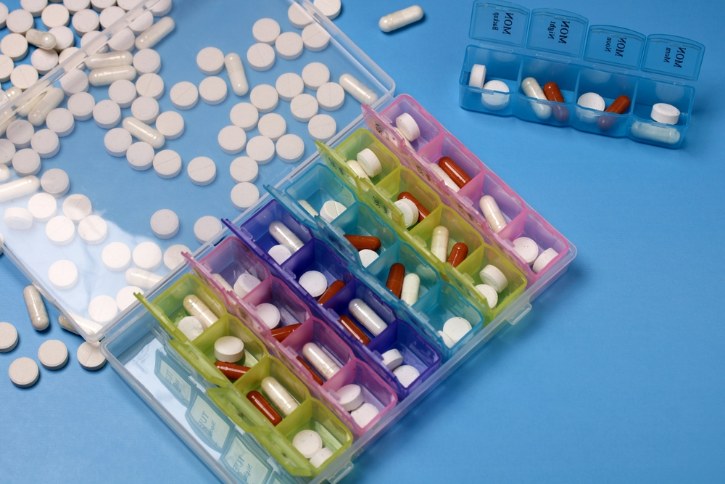
You can bring up to a one-month supply of prescription medicines without permits.
Non-prescription medicines and quasi-drug products like eye drops and ointments are allowed for up to two months.
For larger amounts, you need a Yunyu Kakunin-sho (Import of Medication Certification) applied for at least a month before travel.
Narcotics, psychotropics including Adderall, stimulants like amphetamines and methamphetamine, and any cannabis products are completely banned.
Sudafed and products with over 10% pseudoephedrine are also prohibited.
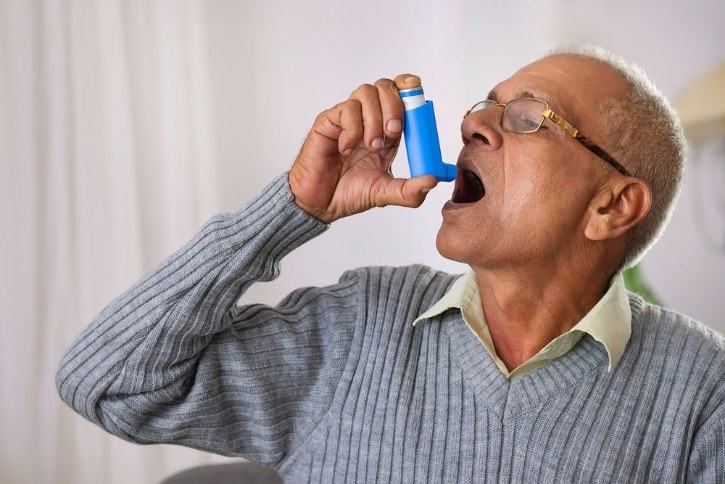
Vitamins are allowed for up to four months, while cosmetics and medical devices like inhalers have a one-month limit.
Keep medicines in original containers with prescriptions and declare them at customs with supporting documentation. For more information, you can refer to this page.
4. Cash (Entering Japan)
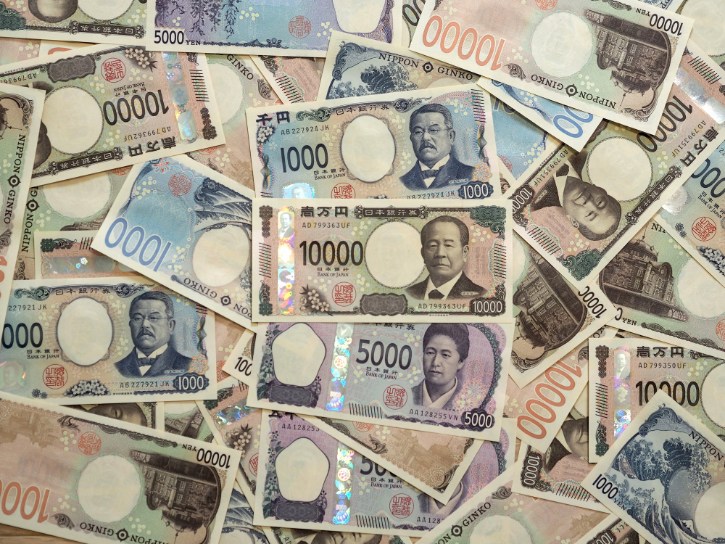
You must declare any currency, checks, or bank drafts worth over ¥1 million (about $6,700 USD). This applies whether you’re entering or leaving Japan.
Gold bullion over 1kg also requires declaration.
There are no limits on how much money you can bring, but you must declare amounts over the threshold.
You can use Visit Japan Web to make electronic declarations before arrival, or fill out paper forms at the airport customs counter.
Keep all documentation ready for customs officers.
5. Alcohol & Tobacco (Entering Japan)

Travelers aged 20 and over can bring personal duty-free allowances for alcohol and tobacco when entering Japan.
For alcohol, you can bring up to three bottles of 760ml each duty-free. Alcohol over 70% is completely banned.
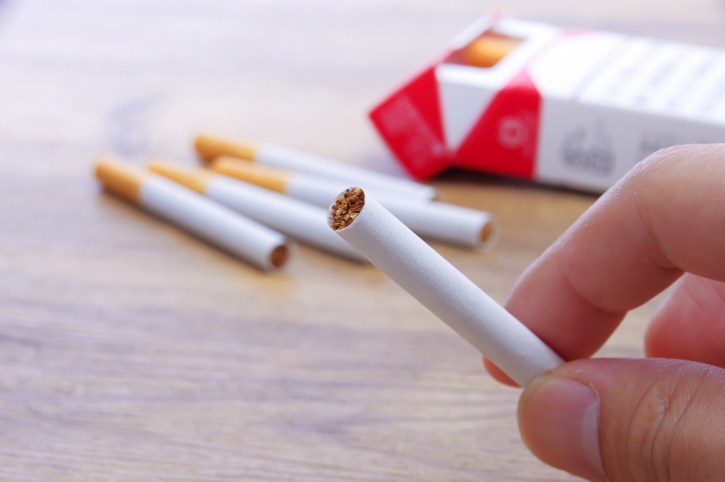
For tobacco, you can choose either 200 cigarettes, 50 cigars, or 250g of loose tobacco duty-free.
One standard cigarette carton contains exactly 200 cigarettes, which fills your entire allowance.
Heat-not-burn products like IQOS heatsticks are allowed up to 10 packs containing 200 sticks total.
When mixing tobacco types, customs calculates the total weight toward the 250g limit since different products have different weights.
6. Counterfeit Goods (Entering Japan)
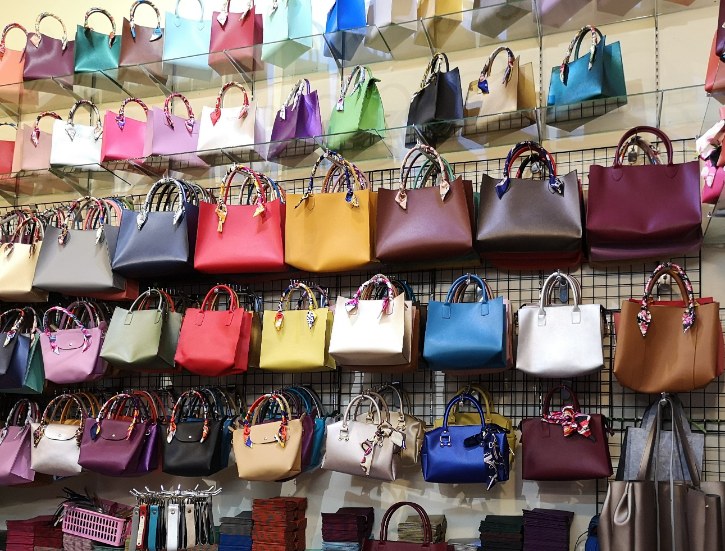
Counterfeit goods, pirated media, and inappropriate materials are not allowed into Japan.
This includes fake designer items, counterfeit DVDs, and inappropriate publications.
Customs officers can confiscate items they suspect are fake, even if you didn’t know.
They have the authority to make these decisions on the spot. If you’re unsure about an item’s authenticity, it’s better to leave it at home.
Being honest about what you’re carrying helps avoid complications. Violations can lead to confiscation and potential legal issues.
7. Baby Food, Milk, & Formula (Departing Japan)

Baby milk, formula, and food are exempt from the normal 100ml liquid restrictions.
You can bring reasonable amounts when traveling with an infant. You need to declare these items at security screening.
Security officers may ask you to verify that you need these items.
Pack baby food and milk in one small bag to make them easier to show during separate inspection.
The exemption only applies when you have supporting documentation or are traveling with a child.
8. Liquids (Departing Japan)
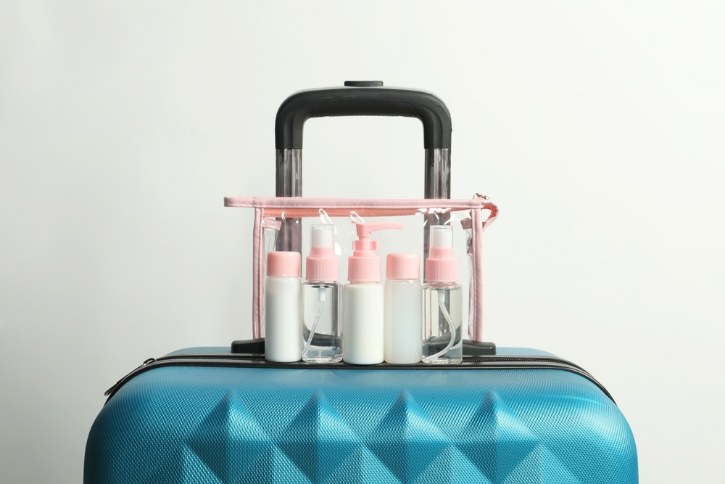
Japan does not allow containers larger than 100ml for liquids in hand luggage, unlike some European airports.
All liquids, gels, and aerosols must be in containers of 100ml or smaller.
All of these small containers must fit comfortably inside a single, transparent, resealable plastic bag with a maximum capacity of 1 liter.
You get only one bag per person. The rule applies to the size of the container, not the amount of liquid inside.
A 200ml bottle of lotion that is only half full is not permitted and will be confiscated.
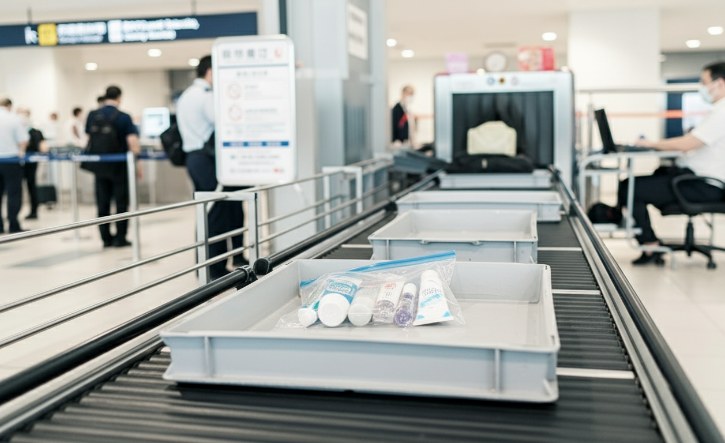
You must remove your liquids bag at security and place it in a tray.
Semi-solid foods count as liquids including jam, honey, yogurt, miso paste, soft cheese, curry, sauces, and even pickles with liquid.
Prescription medications, baby milk, and baby food needed for the flight are exempt from this rule but must be declared to security officers for inspection.
9. Duty-Free Liquids (Departing Japan)

After clearing security, you can purchase large bottles of alcohol or perfume at duty-free shops.
Items like whisky, sake, perfumes, and cosmetics are sealed in Security Tamper-Evident Bags (STEBs) with the receipt inside.
Shop staff will handle the sealing process for any liquid purchases over 100ml.
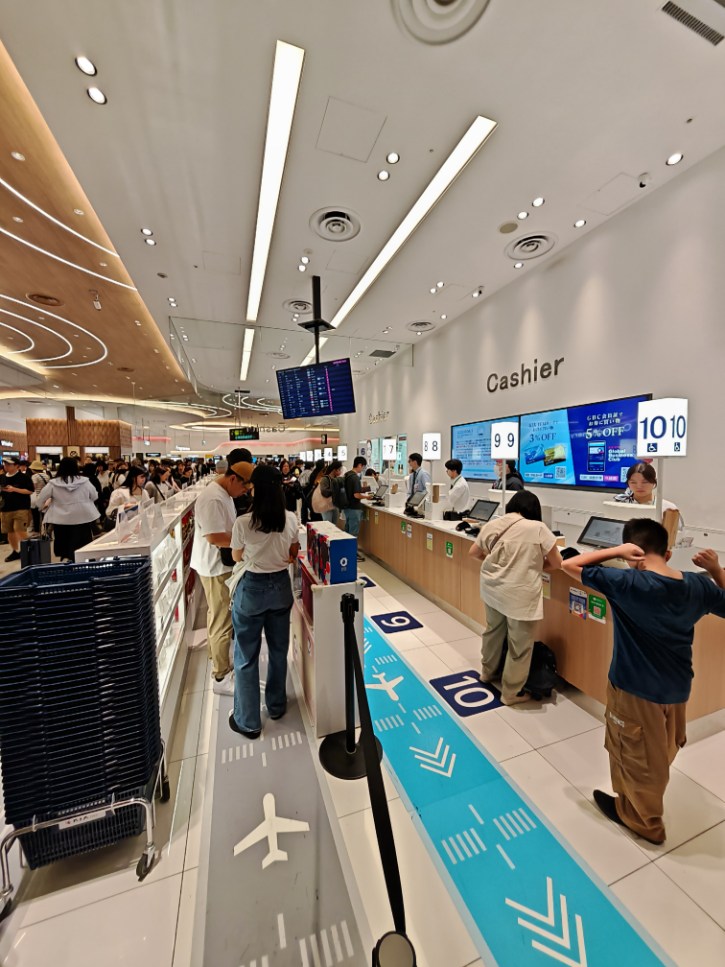
Major Japanese airports like Narita, Haneda, Kansai, and Chubu provide this service.
However, not all countries accept STEBs during transit security checks.
Countries like the United States and Australia may still confiscate your duty-free liquids even with proper sealing.
Keep the sealed bag unopened until you reach your final destination.
If you’re connecting through strict security countries, consider buying liquid souvenirs at your last airport instead.
10. Sharp Objects & Tools (Departing Japan)
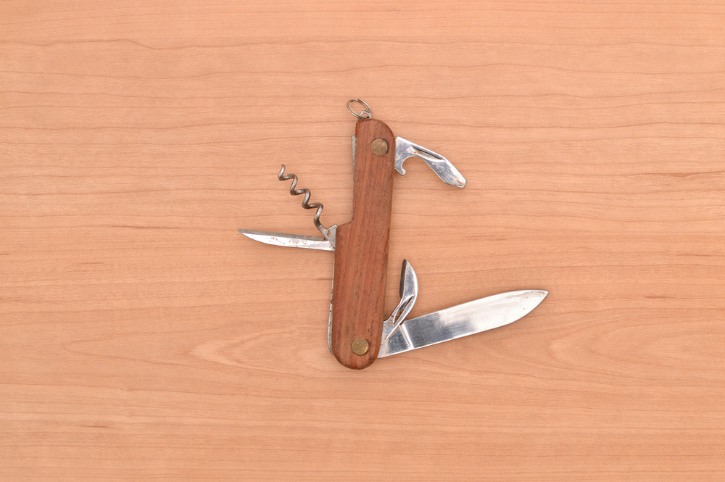
Any knives, scissors, cutters, or sharp objects cannot go in your carry-on bag.
This includes Japanese souvenir knives, kitchen knives, and even small keychain blades.
T-shaped disposable razor blades are allowed, but safety razors with removable blades are not.
Carrying knives in the cabin violates Japan’s Civil Aeronautics Act with penalties up to 2 years imprisonment or ¥1 million fine.
Sharp items are best packed in your checked luggage to avoid any issues at security.
If you buy sharp souvenirs in Japan, plan to put them in your checked bag before departing.

